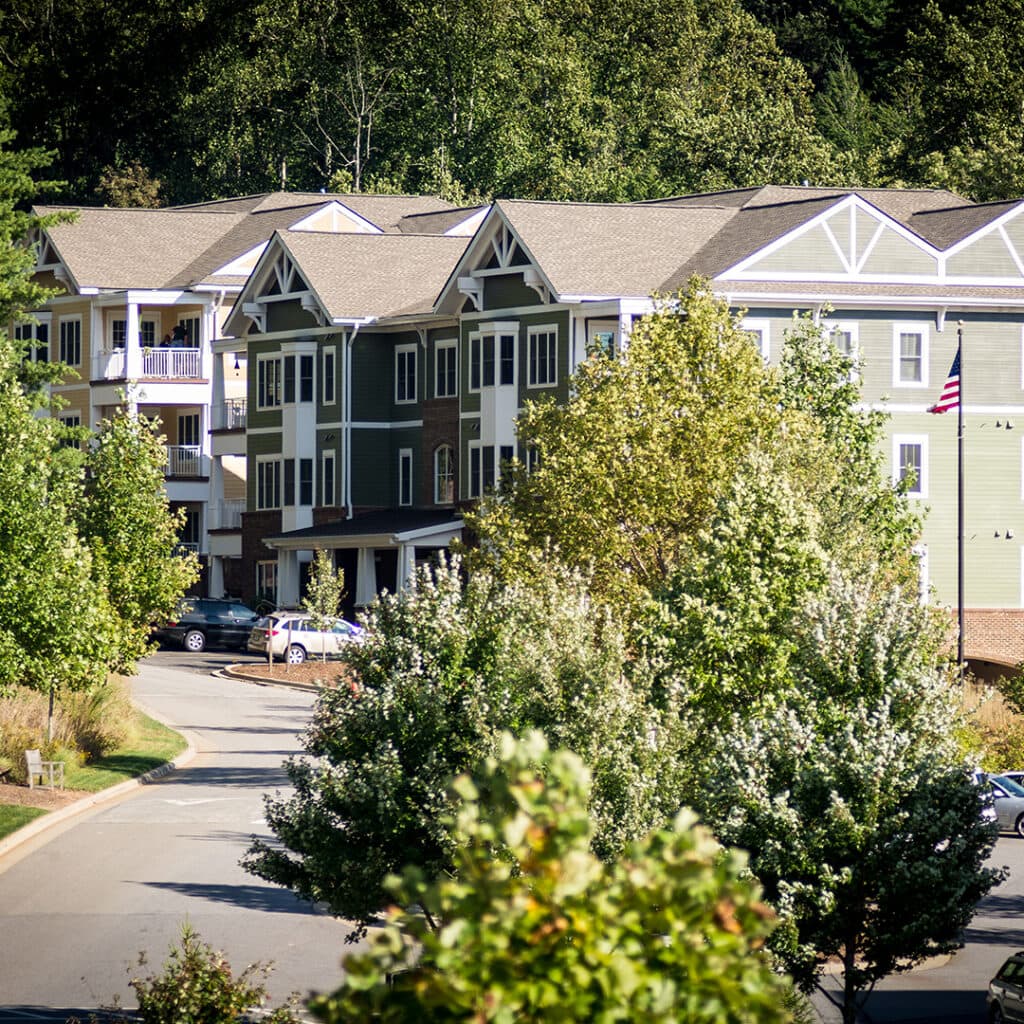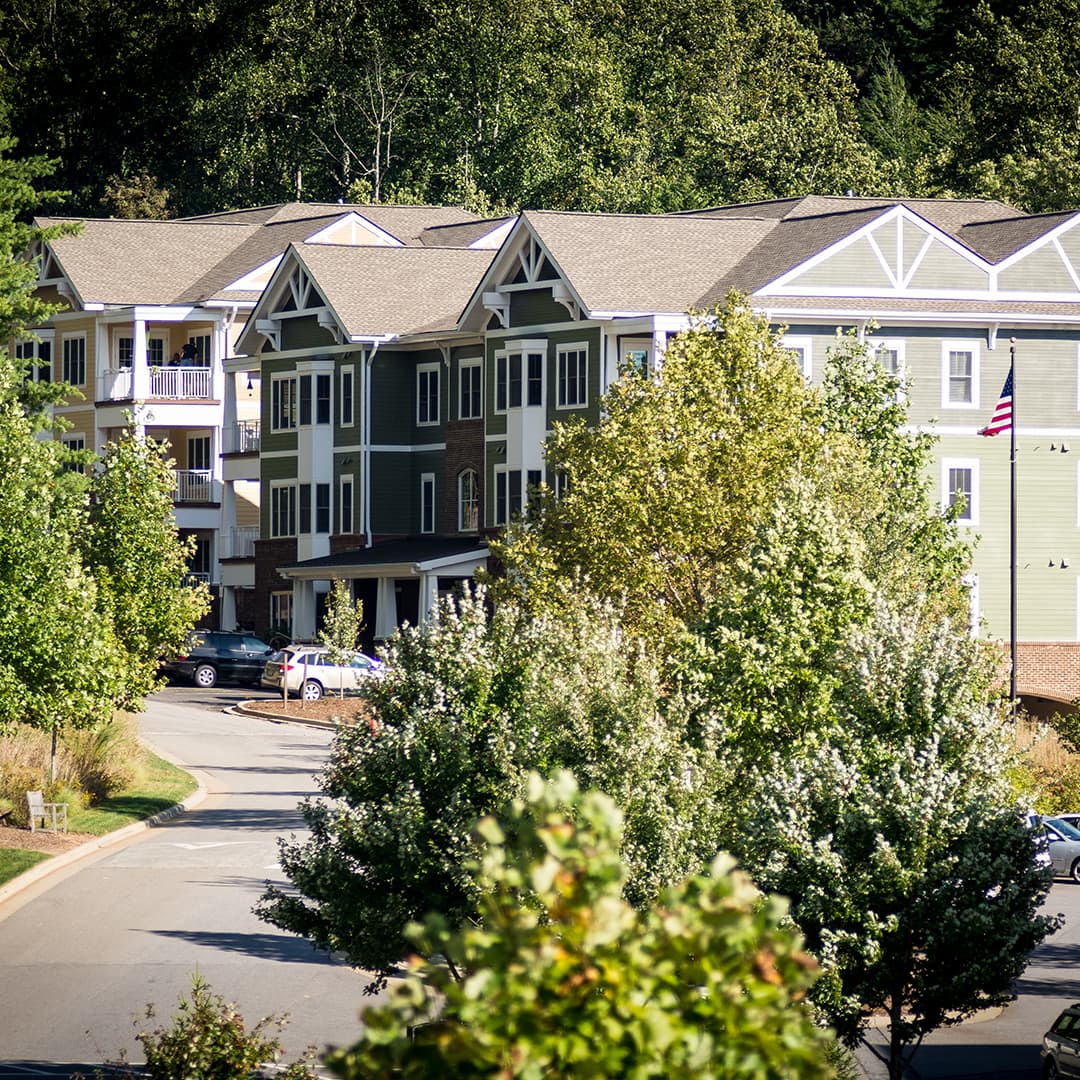Independent Living with Assistance: Finding the Right Balance for Seniors
The desire to maintain independence while aging doesn’t have to mean struggling alone with daily challenges. For many seniors, the…

The desire to maintain independence while aging doesn’t have to mean struggling alone with daily challenges. For many seniors, the choice isn’t simply between complete independence and full-time care—there’s a middle ground that preserves autonomy while providing selective support when needed.
Independent living with a little extra help strikes just the right balance. It gives older adults the freedom and privacy of their own space, with support available for things like meals, housekeeping, or getting around town. It’s no wonder this option is growing in popularity—more and more people want to age comfortably while keeping their independence and sense of control.
Key Takeaways
- Independent living with assistance combines autonomy with supportive services like housekeeping, meal preparation, and transportation
- Average monthly costs range from $3,700 to $7,200 depending on location and services included
- Medicaid benefits do not cover room and board fees but may provide some services through Medicaid waivers
- Ideal for seniors who can manage most daily living activities but need help with home maintenance and want social connections
- Financial assistance programs, including veterans benefits and low income housing options, can help reduce the financial burden

What is Independent Living with Assistance?
Independent living with assistance is a great option for adults 55 and older who still enjoy their independence but appreciate having a little help when needed. Unlike traditional independent living, which offers minimal support, or assisted living, which includes daily hands-on care, this in-between choice gives residents the flexibility to tailor their support to fit their lifestyle.
Services in an independent living community often include things like help with meals, light housekeeping, laundry, transportation, medication reminders, and access to 24-hour emergency response. Residents typically live in private apartments or cottages, giving them full freedom and privacy to live on their own terms. While on-site medical care isn’t usually part of the package, many communities partner with outside providers who can visit as needed.
What really sets this senior living option apart is the freedom to choose. Instead of a one-size-fits-all plan, you pick the services you want—when you want them. And as your needs change, you can adjust the support you receive. It’s a flexible and supportive way to enjoy your independence while planning ahead for whatever life brings.
Types of Independent Living with Assistance Options
Apartment-Style Communities
These communities offer residents private apartments with the option to layer on supportive services. Base rent typically ranges from $2,500 to $4,000 monthly, with additional services available à la carte or in packages. Residents maintain their independence while accessing community amenities like fitness centers, libraries, and social activities.
Cottage and Villa Communities
For those preferring more space, cottage or villa communities provide maintenance-free living in individual homes. These housing options often include yard care and exterior maintenance in the base cost, with personal care services available upon request.
Continuing Care Retirement Communities (CCRCs)
Life plan communities offer the most comprehensive approach, providing a continuum from independent living community living through memory care and nursing homes. While requiring substantial entrance fees—often $50,000 to $300,000—they guarantee residents can age in place as their needs change.
HUD Section 202 Housing
For low income seniors, the Department of Housing and Urban Development provides affordable housing with built-in supportive services. These programs serve older adults with very low incomes, typically below 50% of area median income, though waiting lists can be extensive.
Comparing Service Levels
Service | Independent Living | Independent Living w/ Assistance | Assisted Living |
|---|---|---|---|
Housekeeping | Optional | Included/Optional | Included |
Meals | Optional | Included/Optional | Included |
Medication Reminders | Rare | Included/Optional | Included |
Transportation | Some | Included/Optional | Included |
Daily Living Assistance | None | Very Limited | Regular |
Medical Care On-Site | None | Coordinated | Available |
Privacy Level | High | High | Medium |

Who Benefits from Independent Living with Assistance?
Independent living with assistance is a wonderful fit for older adults who are mostly self-sufficient but find that a few daily tasks have become more difficult or time-consuming. It’s especially helpful for seniors who are doing well overall but could use a little support to make life easier and more enjoyable. On average, residents move in around age 80 and typically stay for two to three years before considering more involved care options, if needed.
This type of living is ideal for those who feel overwhelmed by home upkeep, would rather not cook every day, or are simply looking to downsize to a more manageable and stress-free environment. It’s also a good choice for individuals who might have mild mobility concerns, the occasional memory slip, or who just want the comfort of knowing help is close by—especially with features like emergency call systems and transportation services.
Many couples find these communities especially appealing. If one partner needs a bit more help while the other is still quite independent, this setup allows both to live together comfortably without sacrificing their closeness or routine. The ability to customize services to fit each person’s needs makes it easier for couples to age in place together while enjoying their shared home and lifestyle.
Health and Mobility Considerations
Before choosing independent living with assistance, seniors should honestly assess their current abilities and projected needs. Key considerations include:
- Ability to manage personal care tasks like bathing and dressing independently
- Medication management needs and frequency of medical appointments
- Transportation requirements for shopping, social activities, and healthcare
- Current and anticipated mobility challenges
- Cognitive health and decision-making capacity
Most communities conduct assessments during the application process and provide regular reviews to ensure services match residents’ evolving needs.
Cost and Payment Options for Independent Living with Assistance
Understanding the costs associated with independent living with assistance helps families plan effectively. Monthly expenses typically range from $3,700 to $7,200, broken down into base rent and service packages.
Base rent generally falls between $2,000 and $5,000 monthly, covering the apartment or cottage, basic utilities, and community amenities. Service packages add $500 to $2,000 monthly, depending on the level of assistance required. Additional costs may include entrance fees, deposits, and charges for extra services.
Independent Living Expenses Breakdown
Base Housing Costs:
- Apartment rent: $2,000-$4,000
- Cottage/villa rent: $3,000-$5,000
- Utilities and maintenance: Often included
- Community amenities: Included
Service Package Costs:
- Housekeeping (weekly): $200-$400
- Meal plans: $300-$800
- Laundry services: $100-$300
- Transportation: $50-$200
- Emergency response: $50-$100
In most cases, residents cover the cost of independent living with assistance using personal funds—like savings, retirement income, Social Security, or proceeds from selling a home. It’s good to know that Medicare doesn’t typically cover room and board, and traditional Medicaid may not apply to these types of living arrangements. Planning ahead and understanding your financial options can help make the transition smoother.
Financial Planning Strategies
Successful financial planning for independent living with assistance requires careful calculation of current income sources against projected costs. Social security retirement benefits, pension payments, and investment income form the foundation for most residents’ budgets.
Families should consider:
- Total monthly income from all sources
- Current home equity and potential sale proceeds
- Long-term care insurance coverage for eligible services
- Timing of the move to maximize financial resources
- Potential need for family assistance or loans
Working with financial advisors experienced in senior housing can help families navigate complex decisions about spend-down strategies and asset preservation to make the right choices.
Government Programs and Assistance
While most independent living expenses require private payment, several financial assistance programs can help eligible individuals manage costs.
Medicaid Waiver Programs
Although Medicaid doesn’t cover room and board in independent living communities, Home and Community-Based Services (HCBS) Medicaid waivers may pay for specific supportive services. Eligible individuals typically have incomes below $2,523 monthly (roughly 300% of supplemental security income levels) and require assistance with daily activities.
Covered services often include:
- Personal care assistance
- Homemaker services
- Adult day care
- Respite care for family caregivers
- Transportation to medical appointments
Since each state has its own Medicaid waiver programs with different services and availability, your local Medicaid office is a great place to get clear, personalized information about what’s covered and how to qualify.
Veterans Benefits
The Veterans Administration provides Aid and Attendance benefits for eligible veterans and their spouses who need daily assistance. This program can supplement income by up to $2,200 monthly for couples, though eligibility requirements are strict and focus on medical need and military service history.
HUD and Low Income Programs
The Department of Housing and Urban Development operates several programs for low income seniors, including Section 202 supportive housing and Section 8 housing vouchers. These programs serve older adults with very low incomes but often have extensive waiting lists in high-demand areas.
Local Area Agencies on Aging provide benefits counseling to help seniors identify and apply for all available assistance programs, including state supplements to social security and property tax relief.

Choosing the Right Independent Living with Assistance Community
Choosing the right community is about more than just the price tag—it’s about finding the best fit for your lifestyle. Think about location, too. Being close to family, doctors, shops, and favorite local spots can make everyday life more enjoyable and help you feel more at home in the long run.
Essential Evaluation Criteria
Community Features:
- Size and layout of apartments or cottages
- Available amenities like fitness centers, libraries, and dining rooms
- Outdoor spaces and walking paths
- Pet policies and accommodation
Staff and Services:
- Staff-to-resident ratios and training requirements
- Service flexibility and customization options
- Emergency response procedures and medical coordination
- Activity programming and opportunities to attend events
Financial Considerations:
- Transparent pricing for all services
- Refund policies for entrance fees and deposits
- Payment plan options and financial assistance availability
- Fee increase policies and resident notification procedures
Questions to Ask During Community Visits
When touring potential communities, ask specific questions to understand what life would be like as a resident:
- What services are included in the base rent versus additional charges?
- How are individual service needs assessed and reviewed over time?
- What emergency procedures and call systems are in place?
- Can you provide recent state inspection reports and licensing information?
- What is the average length of residency and why do people typically leave?
- Are there waiting lists for move-in, and what are the requirements?
- How do you handle residents whose care needs increase beyond what you provide?
- What transportation services are available for medical appointments and other services?
- Can married couples remain together if one needs more assistance than the other?
- What activities and social programming do you offer, and what participation is expected?
Visiting communities multiple times, including during meals and evening hours, provides a more complete picture of daily life and community atmosphere.

Making the Transition Easier
Moving to an independent living community represents a significant life change that benefits from careful planning and emotional preparation. Most families find that starting the process 6-12 months before the intended move date allows sufficient time for research, applications, and practical arrangements.
Planning Timeline
6-12 Months Before Moving:
- Research communities and begin tours
- Assess current and projected care needs
- Review financial resources and payment options
- Declutter and begin downsizing possessions
3-6 Months Before Moving:
- Submit applications to preferred communities
- Arrange medical evaluations and documentation
- Plan logistics for selling current home or terminating lease
- Notify utility companies and arrange service transfers
1-3 Months Before Moving:
- Finalize community selection and sign contracts
- Arrange moving services and schedule dates
- Transfer medical records and pharmacy prescriptions
- Plan layout and design of new living space
Emotional Preparation
It’s completely normal to feel a mix of emotions when making this kind of life change. For many older adults and their families, leaving a long-time home can bring up feelings of grief, anxiety about starting fresh, and worries about staying independent and in control.
Bringing family into the planning process can really help ease those emotions. It’s a chance to offer support while still honoring the senior’s choices and preferences. Focusing on the positives—like meeting new friends, having fewer home maintenance chores, and gaining access to fun activities and easy transportation—can help everyone see this move as an exciting new chapter.
Many senior communities also offer support groups for both residents and their families, which can be a big help during the adjustment period. Talking with others who are going through similar experiences makes the transition feel more manageable—and a lot less lonely.
Frequently Asked Questions
How is independent living with assistance different from assisted living? Independent living with assistance provides optional, customizable services to residents who remain largely self-sufficient, while assisted living offers more comprehensive daily care assistance and typically includes on-site medical staff.
What happens if my care needs increase while living in an independent community? Most communities regularly reassess residents and can help arrange additional services through outside agencies or facilitate transitions to assisted living facilities when necessary.
Can I bring my pet to an independent living facility? Pet policies vary by community, with many allowing small pets if residents can care for them independently. Some communities provide pet care services for an additional fee.
How do I know if I’m eligible for government assistance programs? Eligibility depends on income, assets, military service history, and medical needs. Local benefits counselors through Area Agencies on Aging can provide personalized assessments and application assistance.
What should I do if I can’t afford the monthly fees? Explore all available assistance programs, consider less expensive housing options in different geographic areas, investigate payment plans offered by communities, or discuss family financial support arrangements.
How do I evaluate the quality of care and services in different communities? Review state licensing and inspection reports, speak with current residents and their families, check staff turnover rates, and observe daily operations during multiple visits at different times.
Can married couples with different care needs live together in these communities? Most retirement communities accommodate couples with varying needs through flexible service plans, though eventually one or both partners may need to transition to higher levels of care.
What happens to my deposit or entrance fee if I need to move out? Refund policies vary significantly between communities and should be clearly outlined in contracts. Some offer partial refunds based on length of stay, while others may not refund entrance fees under certain circumstances.
Choosing the right independent living with assistance community means finding a good fit for your lifestyle, care needs, and budget. Taking the time to explore your options, ask thoughtful questions, and plan ahead can really pay off—helping you or your loved one feel confident in the decision. It’s all about striking a balance between independence, support, and the chance to stay socially connected.
The goal is to find a place that feels like home—where quality of life is front and center, and dignity and choice are always respected. With so many great senior living options out there today, most families can find a community that suits their needs and feels just right for this exciting next chapter.







